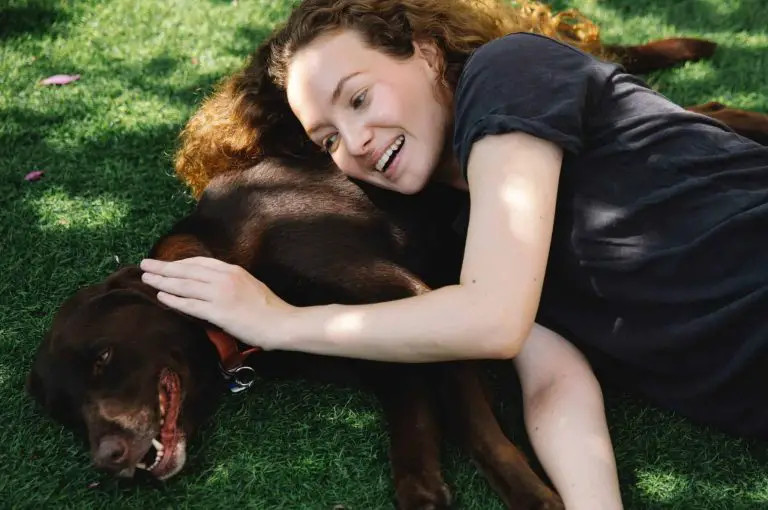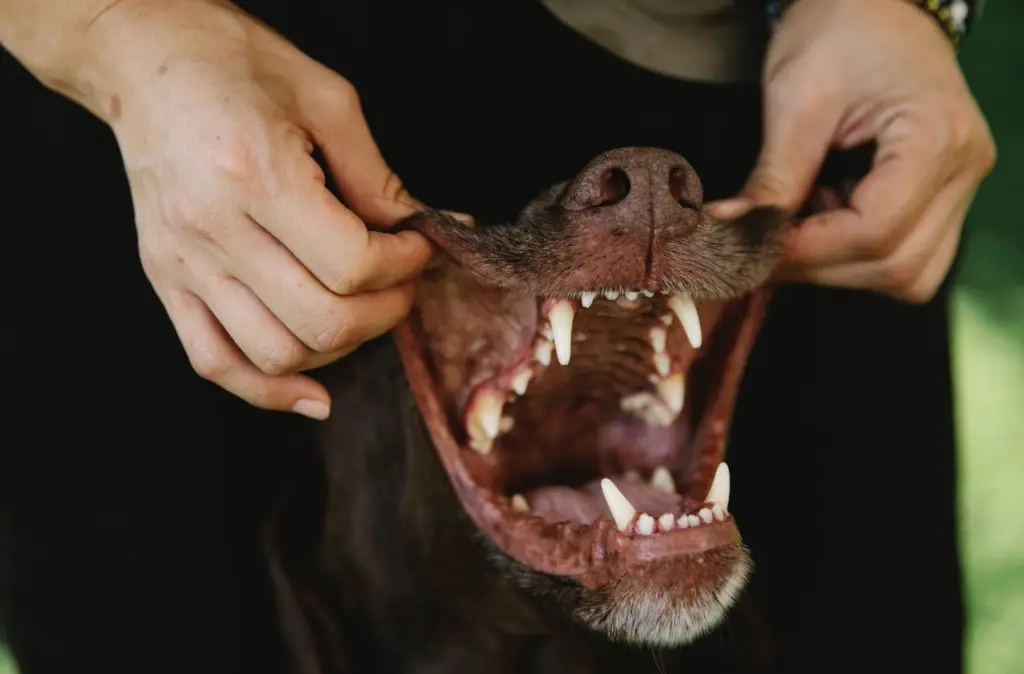Do you have a dog with misaligned teeth or dental issues? You might wonder if there is a dentistry solution to relieve your dog’s pain and increase their ability to eat comfortably.
Are there braces for dogs? Surprisingly canine orthodontics has been available to dogs for 30+ years. The reasons for using braces on dogs differs from humans. Braces for dogs are not for aesthetics but rather health reasons.
The main goal for veterinary dentistry is not a mouth of perfect teeth but rather a functional mouth for the dog. Braces can bring relief to dogs with a painful mouth or life-threatening dental issues. We all know that dogs need to chew and eat normally in order to live.
Does My Dog Need Braces?
The answer to, are there braces for dogs, is yes. You might suspect that your dog has dental issues. However, how do you know for certain that your dog could benefit from consulting with a veterinary dentist?
Six signs that your dog should see a veterinary dentist:
- Dropping food and treats at every meal
- Obvious overbite
- Change in teeth placement
- Acting head shy
- Tooth decay and gingivitis at a young age
- Baby teeth not falling out properly
Does your dog have a difficult time eating and chewing solid food? It might be painful for them to eat due to a misalignment of their teeth. If your puppy begins to lose their playfulness and interest in food, contact your veterinarian right away.
If your dog is pulling away from you or ducking away when you go to touch their head, they are exhibiting signs of being head shy. It could be from not being desensitized as a pup or it could mean something more serious like a painful mouth.
By making an appointment with your local veterinarian, they can perform a full physical exam and look closely at your dog’s mouth and teeth structure. If your dog’s condition requires orthodontic care, they can make recommendations for braces for dogs.
Related Articles:
- How to Keep Your House from Smelling like Dog
- A Review of the Top 5 Best Brooms For Dog Hair
- A Review of the 4 Best Dog Shampoos for Itchy Skin
Most dental issues in dogs show up between the ages of four to six months. After your dog is diagnosed by an orthodontic veterinarian you can weigh your options and make the best decision for your dog.
Benefits of Braces for Dogs
Braces can benefit dogs with dental conditions such as crooked teeth, misaligned teeth, and lance teeth. If you suspect your dog has dental issues, make an appointment with your local veterinarian for a diagnosis.
The most common dental conditions for dogs:
Lance Teeth. Another name for lance teeth is spear tooth. The upper teeth abnormally point out of the dog’s mouth instead of down trapping the tooth behind the upper incisor. When the lower canine tooth comes in contact with the abnormal upper tooth it can be painful.
The breed that this is commonly seen in is Shetland Sheepdogs. Beside possible painful chewing, the dog could also develop gum infections from trapped food. Treatment with braces or chain orthodontics is usually successful by moving the tooth into the correct position.
Overbites. Your dog could have an overbite that results in the lower jaw being shorter than the upper jaw. An overbite can be detected in a young dog and corrected with spacers and braces. Overbites in dogs can be painful due to the lower canine teeth hitting the roof of their mouth.
Linguoversion. This is one of the most common orthodontic concerns in veterinary dental practices. Dogs that are most effected are dogs with long narrow noses such as the Collie. This canine dental condition is when one or both of the canine teeth in the lower jaw erupt on the inside.
It is often referred to a linguoverted canine teeth, where the canine teeth strike the roof of the dog’s mouth. If left untreated, the abnormal teeth can cause trauma to the dog’s mouth, pain, and discomfort.
Braces for dogs certainly is a good option for dog owners. In this condition the veterinarian dentists used braces to treat this painful dental issue.
The biggest issues besides discomfort is the dog not being able to close their mouth properly. Severe linguoverted canines can be treated by applying canine braces.
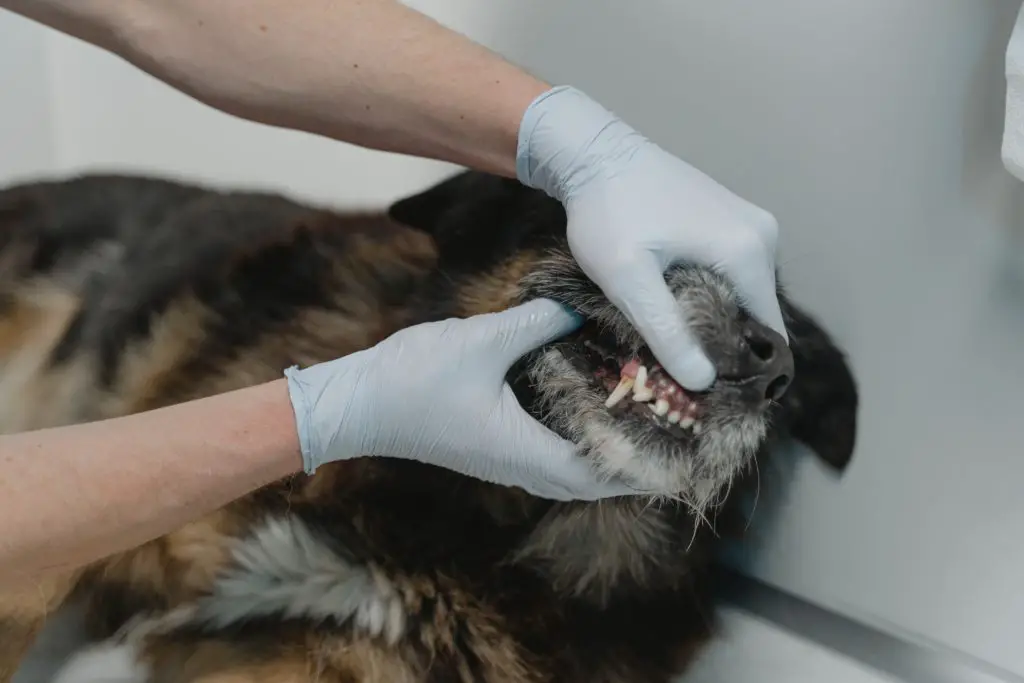
Related Articles:
- A Review of the 5 Best Dog Brushes For Short Hair
- A Review of the 5 Best Waterless Shampoos for Dogs
Puppy Teeth. Most puppies have lost their baby teeth by four-months old. In some dogs, the puppy teeth do not naturally fall out, which is called “retained deciduous teeth”. It is more commonly seen in smaller breed dogs such as pugs and bulldogs.
When puppy teeth are retained, it can lead to abnormal positioning of teeth, overcrowding teeth in the mouth, bite issues, and periodontal disease. Early detection can be most helpful for your dog and can hopefully avoid painful abnormal jaw positions.
Results of Cancer Treatment. Braces for dogs is one solution for dogs in surgery aftercare. Some cancer treatments require removing part of the jaw. Braces for dogs can prevent the issues of the teeth drifting out of position after surgery.
Related Articles:
- Ultimate Guide: How To Take Care Of A Puppy
- Ultimate Guide: How To Take Care Of A Dog
- Ultimate Guide: How To Take Care Of A Senior Dog
- The Benefits of Owning a Dog
- Top 12 Tips for First Time Dog Owners
Are There Braces for Dogs? Caring for a Dog with Braces
What kind of care is needed after your dog gets fitted for braces? It only takes several minutes every day to check the teeth and care for them. Here are a few tasks to remember after your dog sees an orthodontic veterinarian.
- Each day you will need to brush your dog’s teeth to keep tartar from building up around the teeth and gums. The veterinarian will recommend an oral antiseptic to clean both the braces and their mouth on a daily basis.
- After getting braces for dogs, it is necessary to daily inspect your dog’s teeth.
- During braces treatment, some dogs eat better with soft food. Be prepared to soften their food or serve them soft moist dog food.
- Put away any chew toys or bones during the time your dog is being treated with braces. Chewing anything hard can break off the dental fixtures.
Unlike humans, braces can correct a dog’s teeth in just several weeks and even up to a month. Once the braces come off, dogs do not need a retainer for their teeth either. For the majority of dogs, braces can permanently fix their teeth issues.
After the braces are removed, follow your veterinarian dentist’s instructions. Continue to brush and inspect your dog’s teeth. Once your dog is cleared by the veterinarian, they can go back to eating their regular food and playing with toys.
Related Articles:
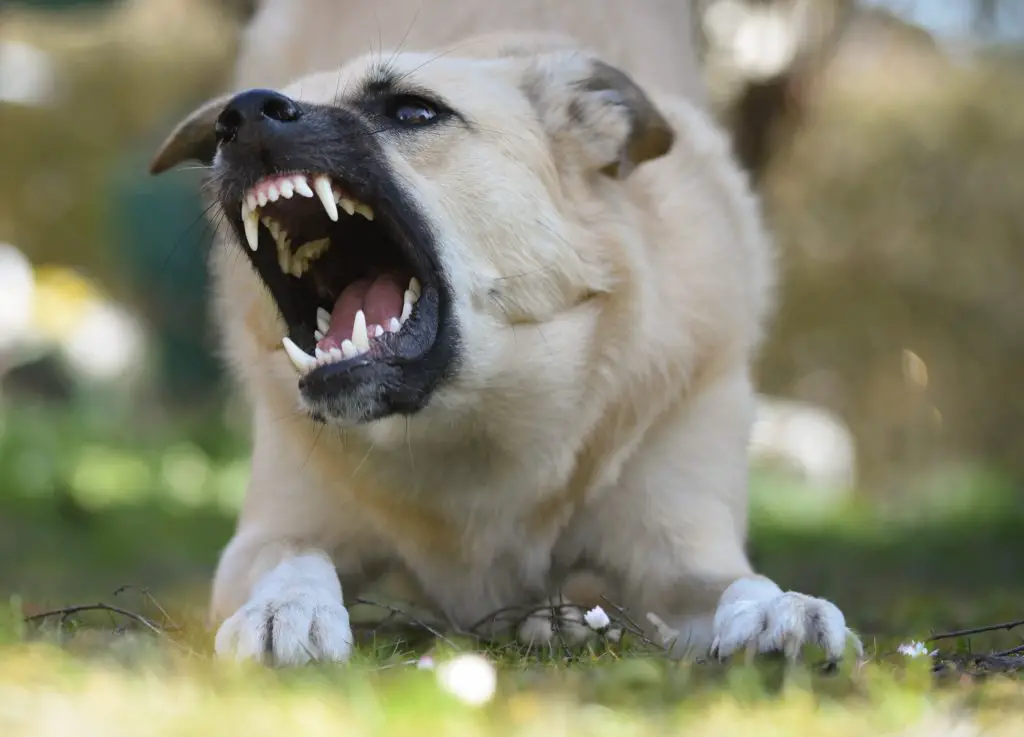
Two Considerations with Braces for Dogs
Braces are an option for many dogs to correct their teeth and mouth issues. However, that may not be the case for every dog. There are two main considerations when deciding to get braces for your dog.
Health of Your Dog. Your dog must be healthy to undergo general anesthesia. Depending on the reason for the braces, some veterinarians may also like to take an x-ray of the mouth. A cleaning might be necessary for dogs that have tartar build-up. The more procedures that need to be conducted, the more anesthesia your dog will require.
Always speak with your veterinarian if you have any concerns or further questions on general anesthesia and the health of your dog.
Expense. As with any specialty procedures, there will be additional expenses. First your dog will need an examination by your local veterinarian. If braces are a good option for your dog, your vet will make a referral to an orthopedic veterinarian.
Other factors that go into figuring out the cost is the size of your dog, the dental condition, and the length of treatment. The average expense for dogs getting braces is anywhere between $2000. – $5000. One consideration to make braces affordable is to enroll in Pet Dental Insurance.
When Braces for Dogs is not Possible – Other Treatment Options
When your dog needs relief from dental issues yet braces are not possible, consider other treatment options. As with any dental procedure, there are inherent risks. Gather all the facts after a dental diagnosis from your veterinarian.
Dental Extractions. Extractions are common and can be administered by your local veterinarian. They tend to cost less than braces for dogs.
Removing the tooth that is causing your dog issues could be a possible solution to alleviate the discomfort. The risk associated with extractions depends on the tooth involved and the age of your dog.
Filing the Teeth. One option for irregularly shaped teeth or canine teeth that overlap is teeth filing. No general anesthesia is required for this procedure as it is generally painless for the dog. The main risk with this procedure is potential tooth sensitivity.
Ball Therapy. Veterinarian dentists may also recommend rubber ball therapy. Ball therapy has been effective for misaligned teeth associated with linguoverted canine teeth. The ball needs to be dense and the correct size for your dog.
When the dog bites down on the ball, the pressure can help move the teeth to the desired location. This treatment works best on young dogs as their adult teeth are beginning to emerge.
It is most effective when used by your dog for three intervals of 15 minutes each throughout the day. Ball Therapy is the most painless treatment however, it not effective in every case.
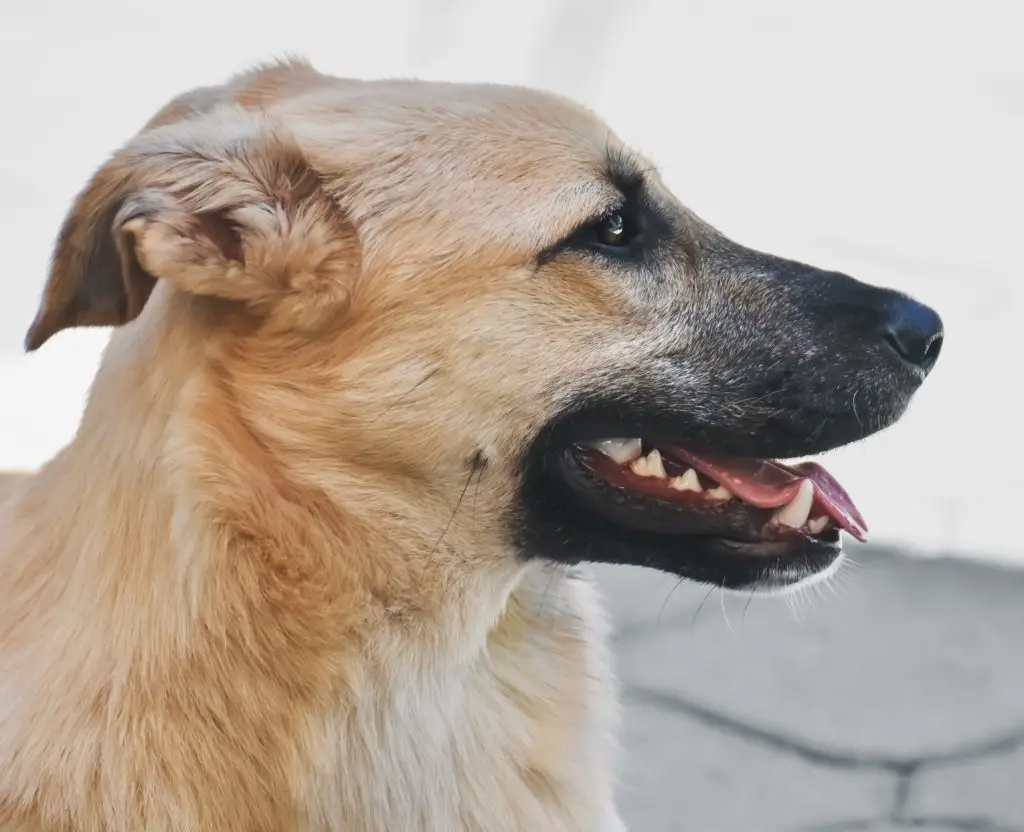
Related Articles:
- Ultimate Guide: How To Take Care Of A Puppy
- Ultimate Guide: How To Take Care Of A Dog
- Ultimate Guide: How To Take Care Of A Senior Dog
- The Benefits of Owning a Dog
- Top 12 Tips for First Time Dog Owners
Dental Solution – Braces for Dogs
Braces for dogs can be a wonderful option when your dog is suffering from a serious dental issue. Canine dentistry is performed for functional purpose only. The goal is to relieve your dog of the pain associated with misaligned and painful teeth.
Braces for dogs can be an easy solution that usually remedies the issues taking anywhere from a couple of weeks up to a month. Dog owners need to remember to inspect their dog’s teeth regularly and direct any concerns to their local veterinarian.
Please read our Legal Disclaimer

